Learn about the health of adults and children can be analyzed by urine. Unlike the blood test, the urine collection is painless, and the result of the analysis can tell a lot.
Contents
- How to collect a general urine test in a child
- How much urine is needed for a general analysis for a child?
- General urinalysis in children - interpretation and norm in table
- Urine analysis for Nechiporenko: norm in children
- Urinalysis for Sulkovich decoding in children
- Urine analysis for Zimnitsky decoding in children
- Biochemical analysis of urine in children decoding
- Urine analysis for calcium inchildren - interpretation, norm
- Urine test for pyelonephritis in children, interpretation of
- Analysis for acetone in children: interpretation, norm
- What does slime mean in the analysis of urine in a child
- What does "salt in the analysis of urine in a child" mean?
- What does urine analysis mean leukocytes are elevated in a child?
- What does protein in urine analysis mean in a child?
- Video: Dr. Komarovsky on the analysis of the urine of the child
Urine analysis is a qualitative indicator of the health status and diagnosis of many diseases. Modern forms of analyzes assume the presence of a separate column, where the normative indices of each of the components of the sample are set. Thanks to this, it is possible to roughly evaluate the results for the discrepancy with the boundaries, but every self-respecting mother should know more than a simple comparison. In this and understand.
How to collect a general urine test in a child
The younger the child, the more difficult it is to cope with this task. To facilitate the life of parents, to collect the results of life of the smallest, was invented a special device that can be bought at the pharmacy - sterile urine sampler .They are separate for girls and for boys.
 You can collect the urine from the baby with a pot if you sterilize it beforehand
You can collect the urine from the baby with a pot if you sterilize it beforehand So, for urine collection you need to get acquainted with certain information:
- For the general analysis, take the very first morning portion of .If the child still walks in the diaper is unacceptable from it to squeeze the contents. In this way, particles of tissue, excess bacteria and elements can get into the analysis. Ideally, you need to take an average portion of urine - that is, first drain, collect an average and do not take the last
- After waking up the child , attach the urine sampler near the genitals of and wait. The process of such expectation, as a rule, is accompanied by resistance from the child - he is not very comfortable with such a device. After successfully completing the process of urination, the contents are poured into the container and denote the sampling time
- . The alternative to using the urine collector is the , the child is planted over a bowl of or any other container. In this case, worry about the maximum cleanliness of the dishes, lay there a cut sterile mocheskornik. It will also be easier to ensure the hygiene of the genitals
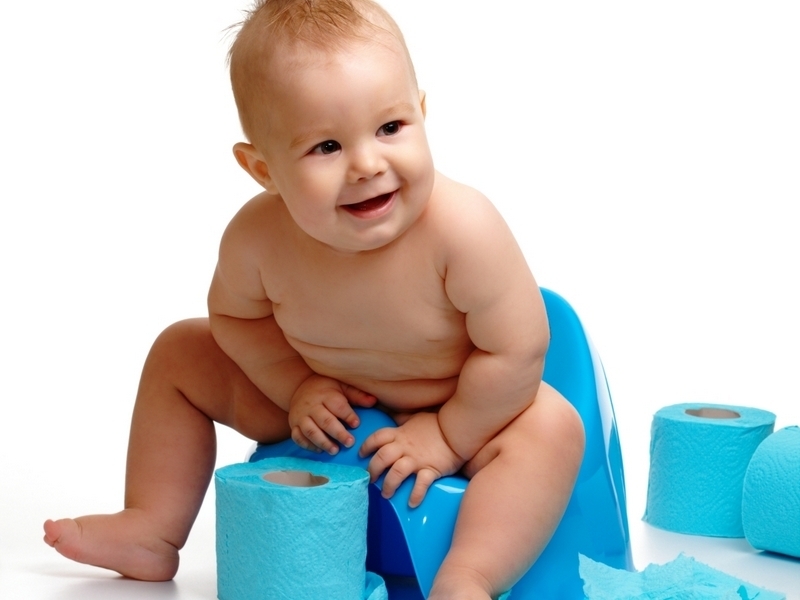 For children who do not go to the pot, the alternative will be a mochebnik
For children who do not go to the pot, the alternative will be a mochebnik - Boys can be put on a diaper diaper and patiently wait for the process of urination. At the most important time, place the container under the trickle of
- . If the child is already older and familiar with the pot, then it is necessary to ensure the purity of the pot beforehand by laying a sterile urine sampler in a cut
. How much urine is needed for a general analysis for the baby?
For general analysis of urine, 10-15 ml or about 1 cm in a container is sufficient. Therefore, there is no need to accumulate urine and to collect a full container - this amount will not be required at the survey.
General analysis of urine in children - interpretation and norm in table
The general analysis of urine is the most informative for diagnosing the general state of a child's health. In case of suspicion of a disease, for a more accurate conclusion of may be assigned a narrower urine analysis format for individual components.
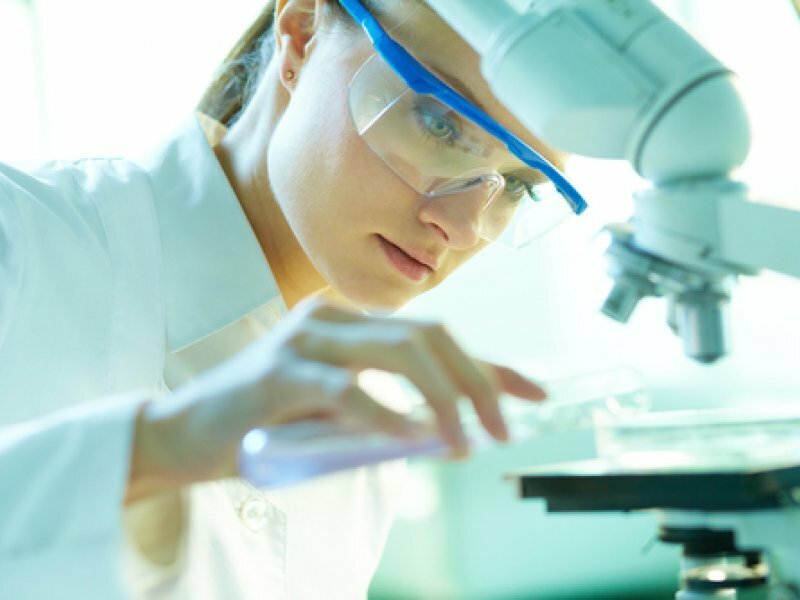 A general urine test will show whether there are any abnormalities in the functioning of the urination and metabolic processes of
A general urine test will show whether there are any abnormalities in the functioning of the urination and metabolic processes of . In addition, for this type of analysis, very little reagent costs are required. Consider the value of of each line of the general analysis:
| Indicator | Norm | Note |
| Color | Light yellow | The color of urine can be influenced by the food received on the previous day. For example, beets and rhubarb change the normal color. The same consequences may result from the use of certain medications. Dark color indicates problems of the genitourinary system. It should also be noted that in a newborn baby the first 10 days, due to the onset of urogenital function, the color can vary from transparent to dark orange |
| Transparency | Transparent | A murky color occurs after idle time. Affect the diet and can. But also a murky color indicates metabolic disorders |
| Odor | Odorless | The baby's urine practically does not smell. Only in time it acquires a specific characteristic flavor. A rather sharp smell indicates an infection of the genitourinary system |
| Density or specific gravity of | From 2 to 12 years - 1002-1025 | Low density indicates a possible problem with kidney function. High may also be the cause of diabetes, as well as dehydration and heat |
| Acidity( pH) | Poorly acid 4.5-8 | Deviation from normal may result from the predominance of fruit in the baby's diet or be a more serious problem - infection of the genitourinary system |
| Red blood cells | 0-2 in sight | Overestimated indices indicate the presence of viral infection, urolithiasis or toxin poisoning |
| Leukocytes | 0-1 in sight | Excess is the cause of cystitis of the oozeand other inflammatory diseases of the genitourinary system |
| Epithelium | 1-2 in sight | Excess can talk about diseases of the genitourinary system |
| Protein | no | This is one of the most informative indicators. Its excess is a consequence of cystitis or urethritis. It also testifies to the presence of tumors or tuberculosis of the kidneys. Can be high at |
| temperature Glucose | no | Presence - a sign of diabetes |
| Salts | No or slightly | A small amount in the urine sediment does not indicate a pathology, but can be a consequence of malnutrition of the baby |
| Bacteria | no | The presence of bacteria is a serious alarmproblems of the genitourinary system |
| Mucus | No or slightly |
Urinalysis by Nechiporenko: norm in children
This method of verification is one of the refinements that allowTo resolve the latent inflammatory processes of the urinary system. This analysis determines only three indicators - erythrocytes, leukocytes and cylinders. The normative indices in children and in adults are almost identical.
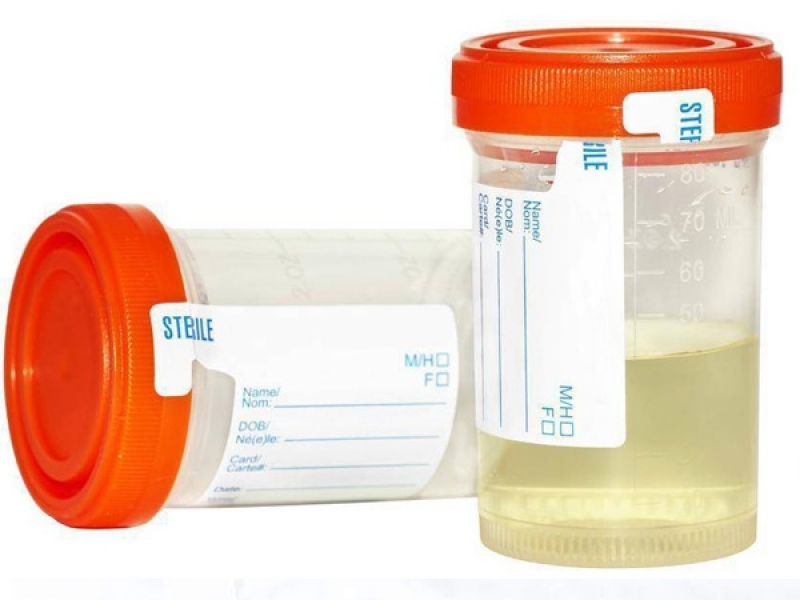 Analysis will show the presence of inflammatory processes in the body
Analysis will show the presence of inflammatory processes in the body - Erythrocytes should be no more than 1000 per 1 ml of the delivered material
- Leukocytes - no more than 2000 per 1 ml of urine
- Cylinders - up to 20 units per 1 ml of urine
Sick urine analysis for children
This method allows you to evaluate only one indicator - the level of calcium in the baby's urine. To determine if a child has a disease such as rickets.
The disease occurs due to deficiency of vitamin D. Indirectly, you can also assess the correctness of the selected dose of the above-mentioned vitamin. The results of the analysis have only two variants of the marking:
- "minus" - calcium in the urine is absent
- "plus" - if one or two - there is an insignificant amount of calcium, but within the norm. Three or four "pluses" - a certificate of violation
 Sulkovich test shows the urinary calcium content
Sulkovich test shows the urinary calcium content Zimnitsky urine analysis in children
This kind of analysis involves collecting the material during the day. In addition, you need to count the amount of liquid drunk. During the collection period in the laboratory, needs to deliver 8 jars with material, with a sampling interval every 3 hours.
The subject of the analysis is the ratio of the amount of fluid drained and the density of each serving.
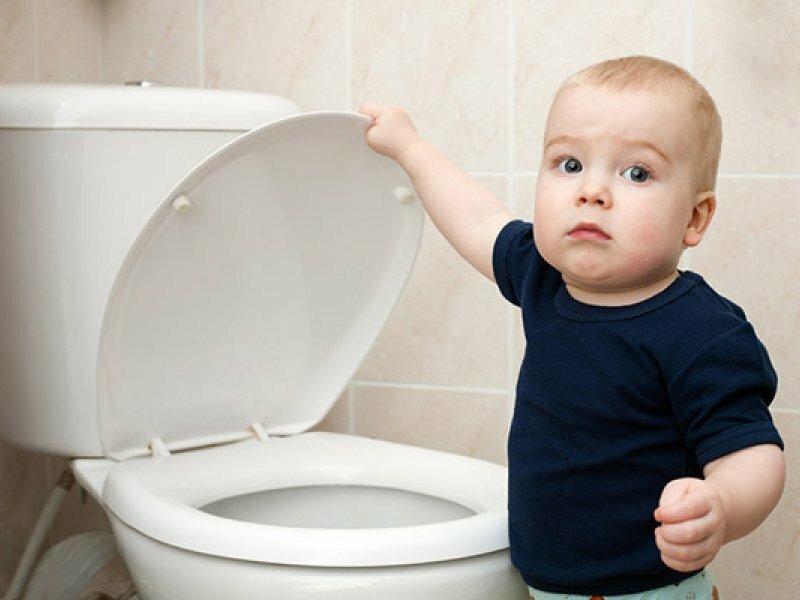 In the Zimnitsky study, the most important factor is the difference between the volume of the drunk and the withdrawn liquid
In the Zimnitsky study, the most important factor is the difference between the volume of the drunk and the withdrawn liquid Ideally:
- With urine, 65 to 80% of the consumed liquid should be removed. At the same time, more should be in the day, less - at night
- Difference between the densities in the maximum and minimum values should be greater than 0,007
Biochemical analysis of urine in children decoding
This research method is more informative than, for example, general analysis and allows to identify at earlystages of various diseases, to diagnose possible complications of kidney function, to anticipate problems in the metabolism of .
For analysis, daily urine is collected and characterized by such key indicators as:
- Protein - normal in children under 14 years - 0.2 g / day. Excess - problems with kidney function, diabetes
- Glucose - up to 1.1 mm / day. The increase in the cause is the same as for the overestimated protein
- Creatinine - for children under 1 year - up to 90 mg / day;from 1 to 6 years - 270-415 mg / day;from 7 to 14 years - 500-1400 mg / day. If below the norm - pyelonephritis
- Uric acid - from 40-80 mg / day in children to one year, up to 400-1010 - in adolescents 7-14 years old
- Phosphorus - up to 30 mg / kg / day. Deviation - problems with bone tissue or kidneys
- Calcium - 2,1 +/- 0,27 mg / kg / day
- Oxalates - 8,0- 17,0 mg / day
- Potassium - in infants 12-29;children from 1 to 14 years - 35-78 meq / day. The reasons for the deviation may be intoxication, problems with the urinary system
- Sodium - children up to a year of 6.5-13.6 meq / day;from one year to six - 51.0-133.0 meq / day;from 7 to 14 - 87.0-217.0 meq / day
Analysis of urine for calcium in children - interpretation, norm
Urinalysis of calcium in children can be carried out both by biochemical analysis of urine and on the basis of Sulkovich test. Calcium is an indispensable member of muscle contractions, blood clotting. Contained mainly in the bone tissue. In the biochemical analysis it should be 0,25-3,75 mmol / day.
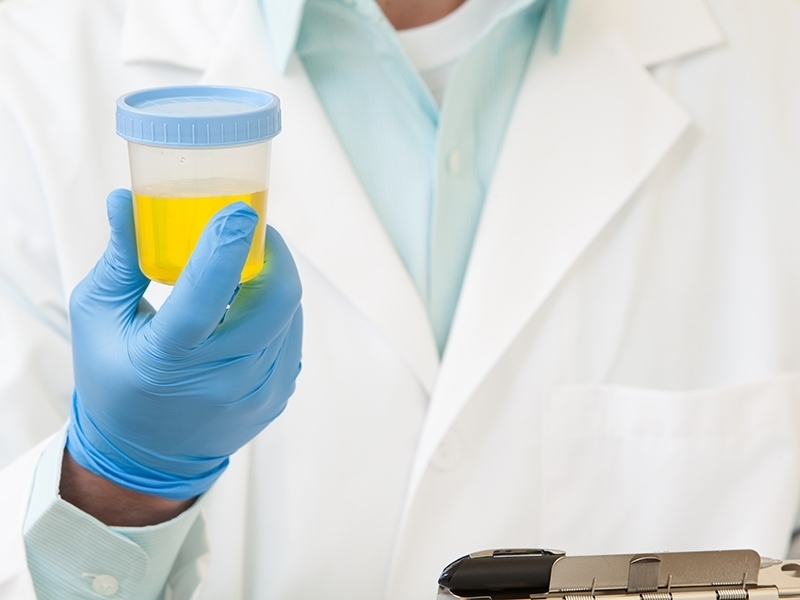 Urine sample for calcium will show enough in the body of vitamin D
Urine sample for calcium will show enough in the body of vitamin D A lack of calcium indicates about a lack of vitamin D , rickets, bone disease or hypothyroidism. Overestimated - about the problems of the endocrine system.
Urinalysis of pyelonephritis in children, interpretation of
If there is a suspicion of kidney disease in a child, three main types of urinalysis will be informative: a general analysis, according to Nechiporenko and Zimnitsky. General laboratory indicators of , indicating problems in this state of the child are as follows:
- Overestimate white blood cell count
- Presence of bacteria in urine
- Protein in urine
- Rarely - blood in urine
Analysis for acetone in children: transcript, norm
Normally, acetone should not be present in the baby's urine. The presence of one to three positive values indicates a serious violation of fat metabolism and the assimilation of carbohydrates.
 Acetone can be assayed at home using a test strip
Acetone can be assayed at home using a test strip Find out if there is any acetone in your baby's urine and you can do it yourself. For this, pharmacies have special acetone tests in the form of strips. By dropping such a strip into the urine, it is possible to ascertain whether acetone is present in it even in a small amount. Even a weakly positive result is an occasion to consult a doctor!
What does slime mean in a urinalysis in a child
If you find the value of "slightly" or "+" in the "slime" column after getting the results of the analysis, you should not worry much. The fact is that the cause of this situation can be many factors that are not related to the state of health of your child. This may be the cause of:
- Insufficient thorough hygiene of the genitals before collecting the material
- Inadequate sterility of the container for transporting the results of the
- Longer, more than 3 hours, with the material in the warm and bright spot of the
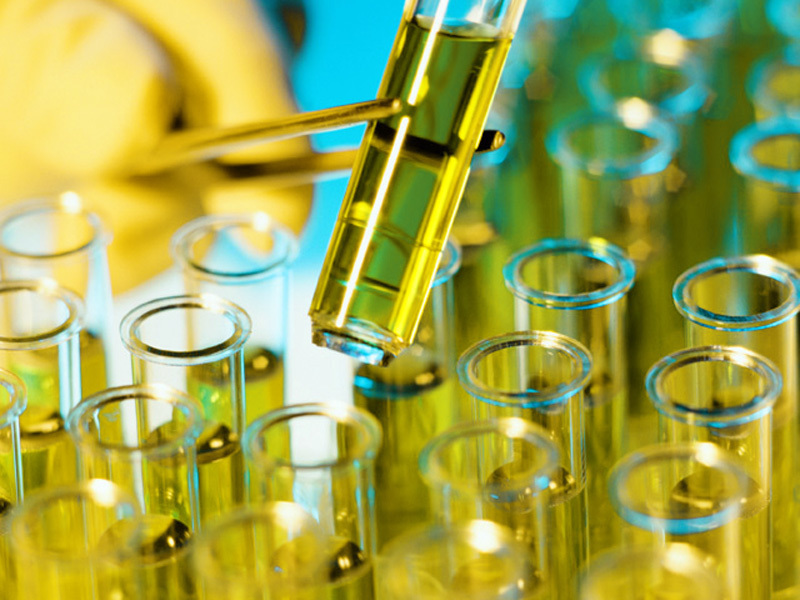 . Slime in the urine test may appear due to improper collection of biomaterialor its storage
. Slime in the urine test may appear due to improper collection of biomaterialor its storage In order to ensure that the presence of mucus is a consequence of one of the above-mentioned points, it is usually prescribed a reanalysis. If the mucus index is "significantly" or "+++" or more is a symptom of infection problems of the genitourinary system.
What does "salt in the analysis of urine in a child" mean?
In the urine sediment of a child, salts are often found. The reason for this may be a poorly developed function of the kidneys to process salts. The quantitative determination in the analysis results denotes from one plus to four.
The presence of one or two "+" - should not cause much concern. Just pay attention to the baby's diet. Three or more pluses, especially regularly, are signs of disrupting the kidneys of and problems with the gastrointestinal tract.
What does urine analysis mean leukocytes are elevated in a child?
The norm of the number of leukocytes in the analysis of urine differs in girls and boys. Girls have 1-8 boys, and 5-7 boys.
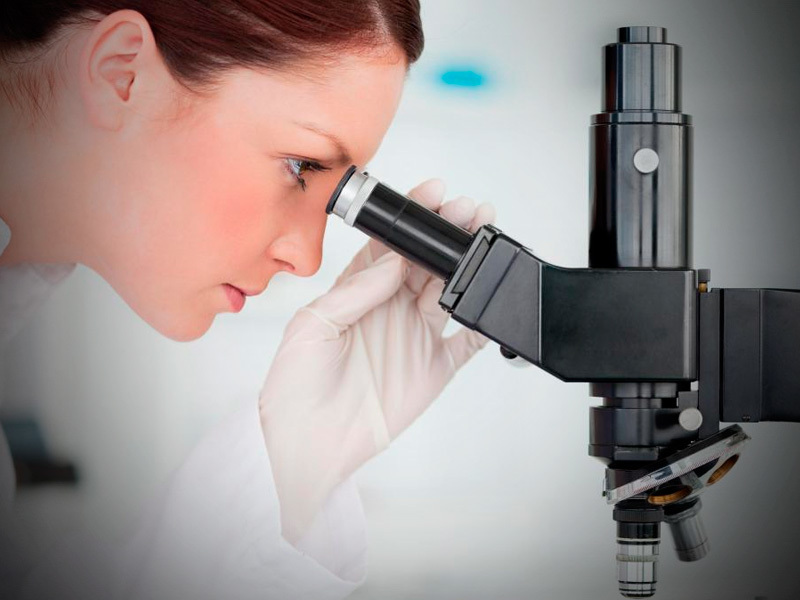 White blood cells in the urine may indicate infection
White blood cells in the urine may indicate infection In newborns, the leukocytes are often overestimated, which is the reason for improper intake of material. If, however, when the number is re-passed, the number exceeds the allowable values-more careful studies need to be done-this may be the cause of the infectious-inflammatory processes of the genitourinary system .
What does protein in urine analysis mean in a child?
Ideally, the protein in the urine test should not be .But in a newborn, a small amount is considered the norm, and in children up to 6 months can be a signal of overfeed.
In children, a small concentration - to 0.036 g / l should not cause concern and may be due to a variety of reasons:
- Allergies
- Fatigue
- Stress
- Significant physical exertion
If the protein value in the general urine analysis is 1 to 3 g / L, , then a more thorough study should be done to diagnose the cause of the deviation.
Monitor the health of your children, go through the time of examination and take tests to have an idea of the state of health of the baby. Do not neglect the health of the child, because children are the main thing that is in the life of each of us.
